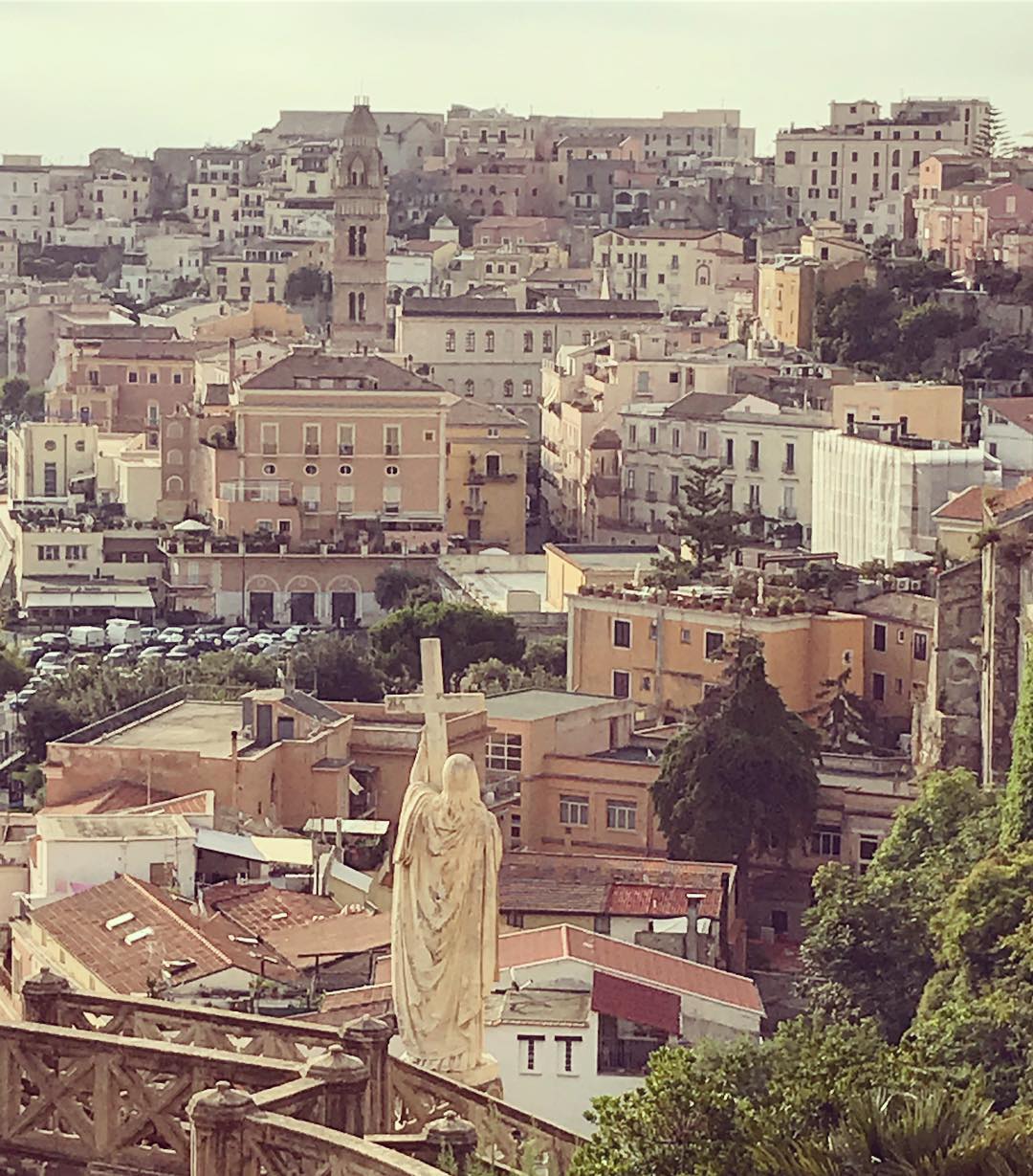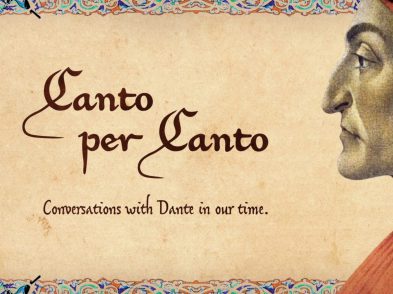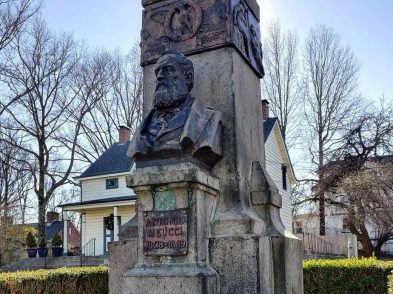There are multiple paths to Italian citizenship, but only one is a birthright.
Jus sanguinis, or “right of blood”, is Italian citizenship that is passed to children, grandchildren, great-grandchildren and so on because these descendants are in the direct line of succession to an Italian citizen who did not give up citizenship through naturalization. The argument is that this type of citizenship is not determined by the place of birth but by the status of Italian citizenship. A successful recipient of jus sanguinis receives an Italian birth certificate in the municipality where their ancestor came from, so that they can apply for a passport rather than a permesso di soggiorno or a visa. At the same time, they also acquire the same rights as Italy-born Italian citizens.
As I wait for an email from my bolognese lawyer’s office to tell me that I’ve been an Italian since birth, I cannot stress enough that jus sanguinis is a winding and at times, difficult, road that requires tenacity and determination. The process is a minefield of complex legislation. Each case has idiosyncrasies, but the basic principle is simple. If the line to your Italian ancestor is not cut by naturalization, it can stretch back as far as Italy’s birth as a nation state in 1861. This means an eligible person, like me, can claim citizenship through a great-grandfather born in 1900. The more generations you go back, the more vital records paperwork you collect, but the process is effectively the same.
A scenario can look like this. In my case, I have two clear possibilities. My paternal grandmother was born in Brooklyn before her young father, from Gaeta, who died in an accident on a dock in Lower Manhattan, even applied for naturalization. Her mother, from Latina, did not naturalize until years later. Both her parents were Italian at the time of her birth, which made her Italian, a nationality that she passed on to my father, who passed it on to me. According to Italian law, I have to use the path of least resistance, which is always the patriarchal line. Because my great-grandmother was born before 1948, before women in Italy could vote, technically she wasn’t a “citizen”. A court case is required to argue that this is discrimination against women. The precedence is that these cases are approved by the judges, all six of whom who hear the court cases in Rome, happen to be women themselves.

Looking through bulletproof glass, with the same last name as my grandparents, it took a few trips to the New York City Health Department to get birth and death certificates released to me.
If you’re curious to know if you can seek jus sanguinis, start with census data, although a census is not necessarily accurate. I thought I wouldn’t be able to attain jus sanguinis because my great-grandmother had said that she was an American citizen on the 1920 census, before my grandmother was born. It turns out, she was not. She either did not understand, speaking no English at that point, or she thought she would get into trouble if she said that she was Italian. The key, the potential golden ticket, is the date on the naturalization record or a letter of non-naturalization. If they were naturalized before the child was born, the line is cut, and jus sanguinis is not possible.
To build the portfolio for your case, you need birth, marriage, divorce, death and naturalization records down the bloodline. To give you a sense of what this entails, I have about 20 documents to prove the line to my great-grandfather. All documents must be translated by a certified translator into Italian. All documents must be apostilled for international use. Every detail is important; in these cases, judges spend a great deal of time going through each document, and even the misspelling or the anglicization of a name on an official document may prove to be an issue.
As a historian, getting all of these documents was relatively easy, with a bit of patience. Document-gathering services exist, but they can come with a hefty price tag. In my experience, going to offices in person, rather than trying to order documents by mail, was much more efficient. Anything I sent by mail and any phone call I made seemed to go down a bureaucratic black hole on both sides of the pond.
Attaining documents was more difficult in New York City than in the Commune of Gaeta. In the States, depending on the age of the record, documents could be in active vital records offices or in archives. While most vital records are held by a state, naturalization records are federal. Going through this process you learn that the United States is obsessed with privacy law. Looking through bulletproof glass, with the same last name as my grandparents, it took a few trips to the New York City Health Department to get birth and death certificates released to me. I feared I would need a court order, but with a bit of persistence, I got lucky. In Gaeta, it was completely the opposite. They welcomed me into the stacks and let me look through the book myself.

The woman at the vital records desk in Gaeta had the same last name as my great-great-grandmother
While everyone’s case is different, everyone I have spoken to has confirmed that this is a deeply emotional experience. You can network with others going through the process for support, and many people use Facebook groups to this end. For me, sitting in the belly of the National Archive in NYC looking at the tiny picture of Bisnonna Michelina on the microfiche of her naturalization record was the visceral moment. I knew her when she was in her seventies to nineties, but here she looked aged well beyond her years. When she filled in the application she was working ungodly hours in a chocolate factory in Brooklyn following her husband’s untimely death. Her extreme poverty forced her to put into an orphanage a child she couldn’t feed. She stayed in the United States because of the promise of a better life. Now, here was her great-granddaughter making her way back to Italy for a better life. Times have changed since 1940.
If you are living outside of Italy, you apply at your home consulate. If you have a 1948 case, then you need a lawyer in Italy to go through the court. The law suggests that the consulates should not take longer than two years, but they can be backlogged. There is no language exam and no criminal record check because the candidate is already Italian. After the recognition, one can establish residency in Italy.
How do you get started? Find the naturalization record, either in the federal archive of the state in which they lived if they were in the United States, or even Ancestory.com can help with this. You can’t use this electronic information as an official record, but you would know if it was possible and you could start collecting documents. Be prepared for surprises. My great-grandfather had an alias handwritten across his death certificate that sounds like it came from the mind of Mario Puzo. What happened on that dock was most likely not an accident.
No matter what you find, enjoy the ride. Go to your ancestor’s commune yourself. The woman at the vital records desk in Gaeta had the same last name as my great-great-grandmother, so there may have been some VIP cugina access as she carefully showed me on a map where my great-grandmother was born. From her desk, I went to the house. I was deeply engrossed in reviewing all the door buzzers when I noticed a tiny little old woman, the Gaetan neighborhood watch, suspiciously looking down from her balcony. When I explained to her that my great-grandma was born in this house, she cried right along with me.
Jus sanguinis, if you engage in it this way, is not just a piece of paper. It’s a homecoming. I left that alley armed with confirmation from that woman of my official status as a gaetana, while schlepping a bag of olives, a sack of apricots, and a mammoth-sized piece of tiella.
In bocca al lupo! And remember, as with most things, patience is a virtue.








